Abandoned Surrey: Deepdene WW2 Southern Railway Traffic Control Centre Bunker
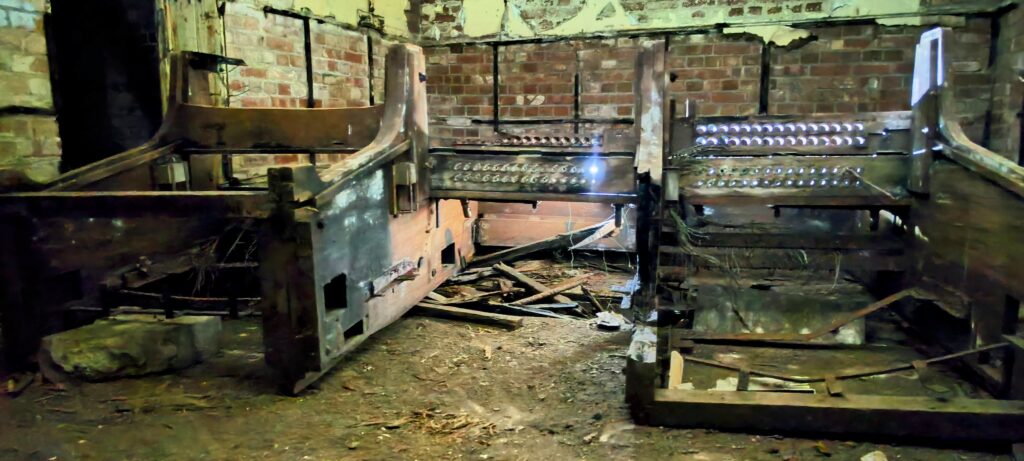
During World War II, Southern Railway took over a hotel in Deepdene, Surrey, for its wartime emergency headquarters. The railway company had realised that their headquarters at Waterloo were vulnerable to enemy bombing, so sought a more remote and protected location. It was essential to keep the railways running during the war in order to facilitate transporting evacuees and troops, and moving essential supplies and weapons around the country. In order to keep the location secret, the railway company maintained the name of the hotel- they still received requests for accommodation, but politely told would-be guests that there were no vacancies!
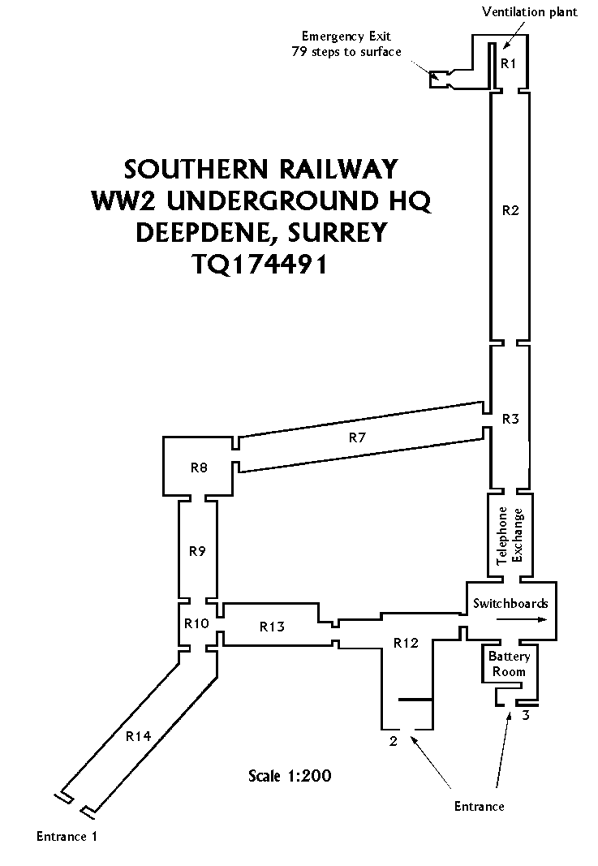

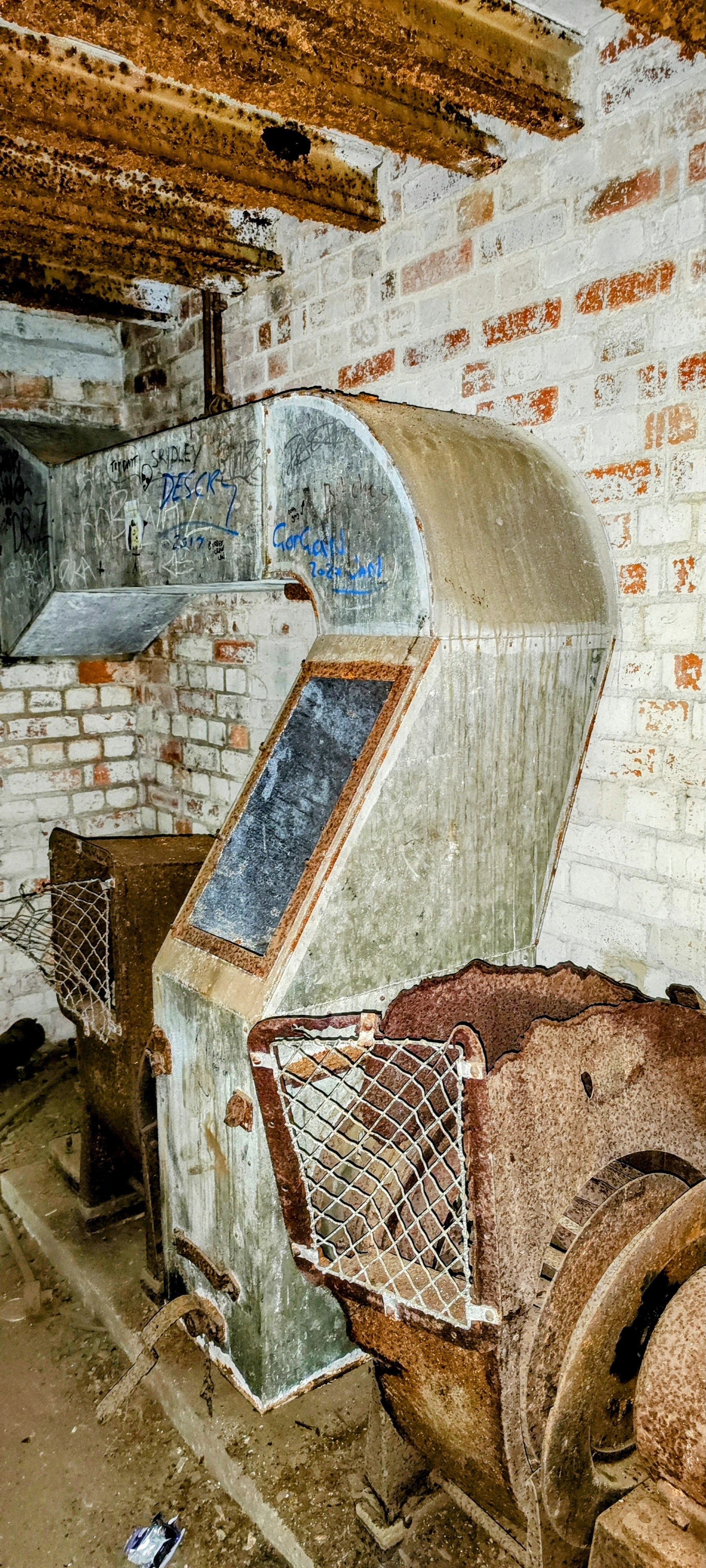
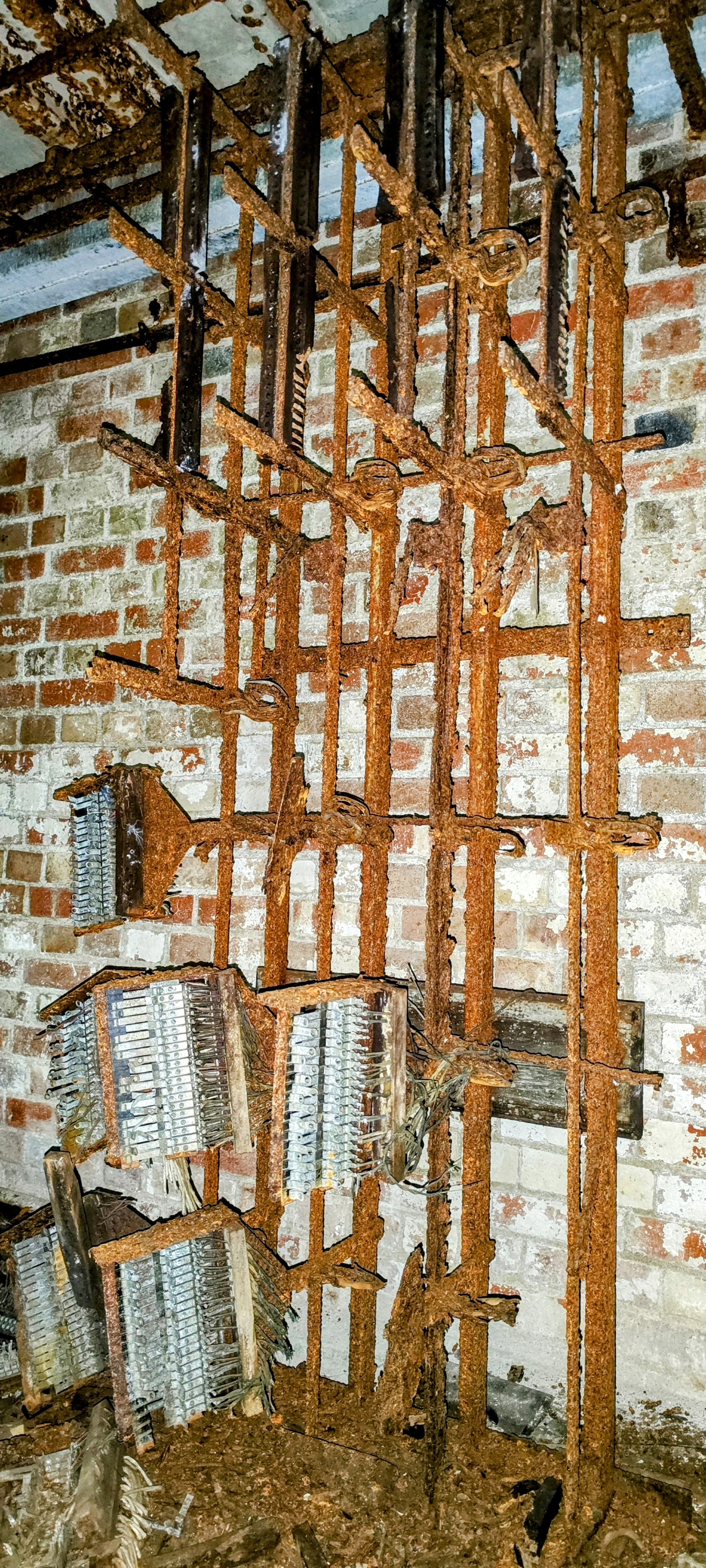

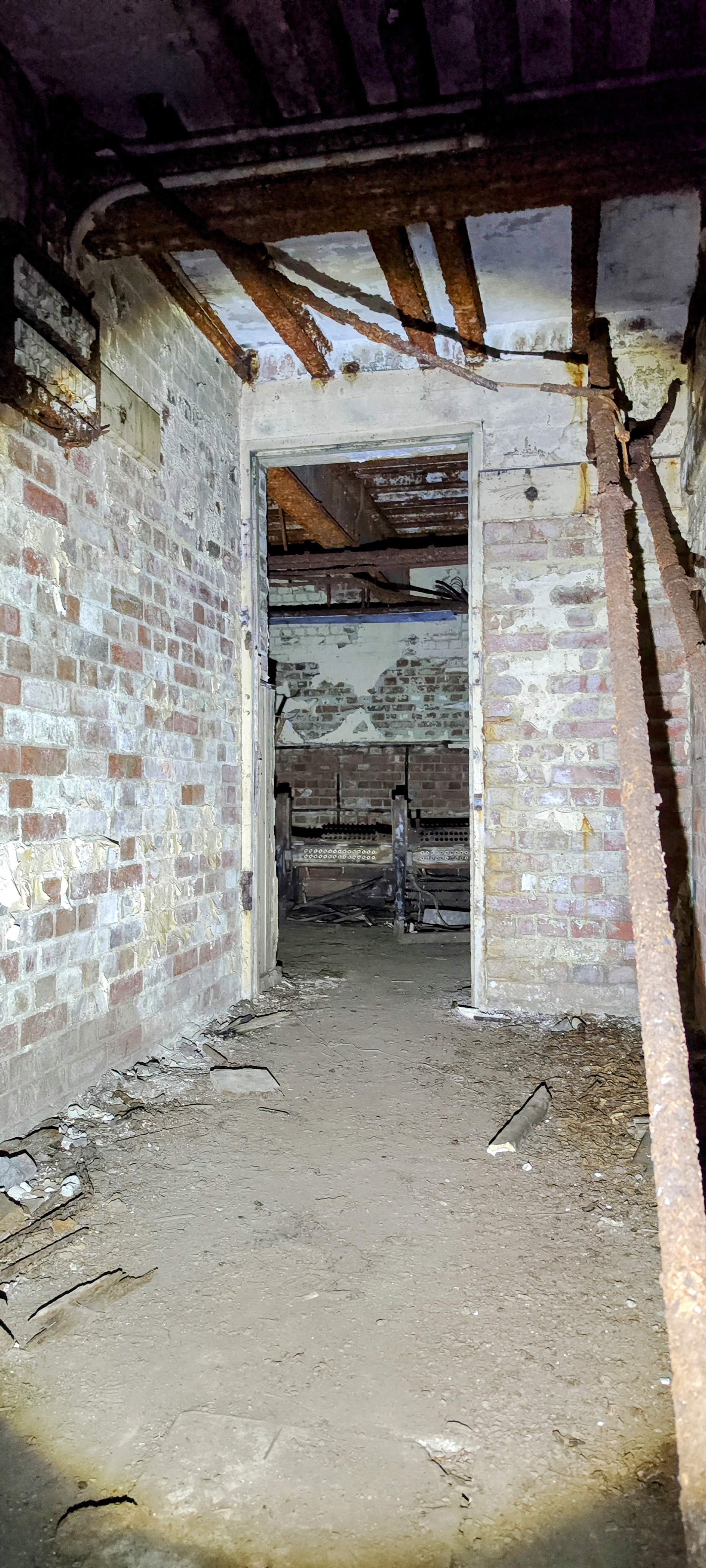
Southern Railway company took advantage of a network of pre-existing caves in the grounds of the hotel to construct an underground control centre, making use of the natural shelter offered. The caves were enlarged and strengthened to house the 30 staff that were transferred from Waterloo to work in the bunker, which housed the headquarters’ telephone exchange and Traffic Control centre.
The network of tunnels included a control room, meeting room, switchboard, battery room, main distribution frame, a bedroom for the night officer, ventilation plant and toilet facilities. The switchboard was in use 24 hours a day and had Post Office lines and extensions, giving the staff direct lines to the various divisional traffic and engineering officers. The Southern Railway General Manager, Eustace Missenden, lived nearby and had a switchboard extension in his house. During air raids he would spend nights in the shelter with his wife, and it is rumoured that Churchill was also a visitor to the facility.
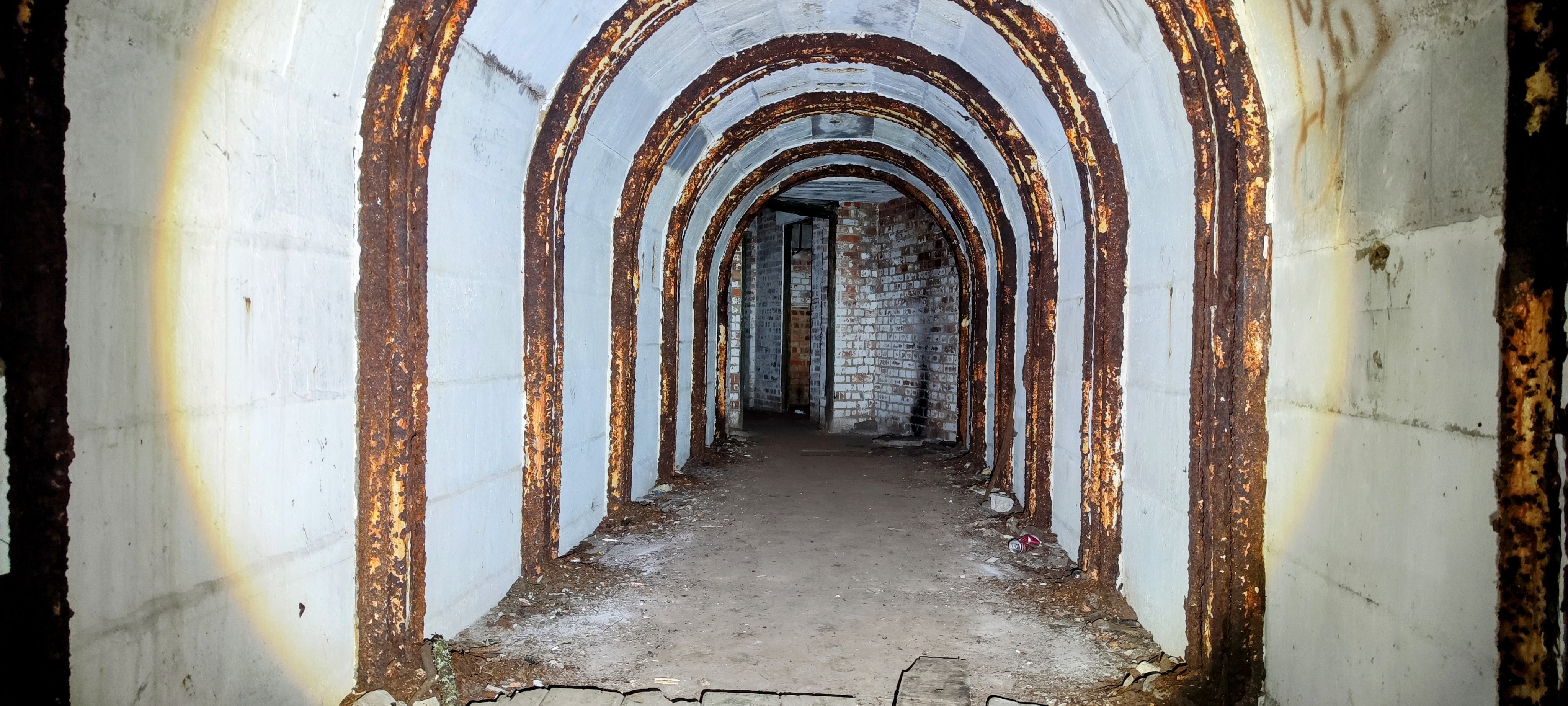

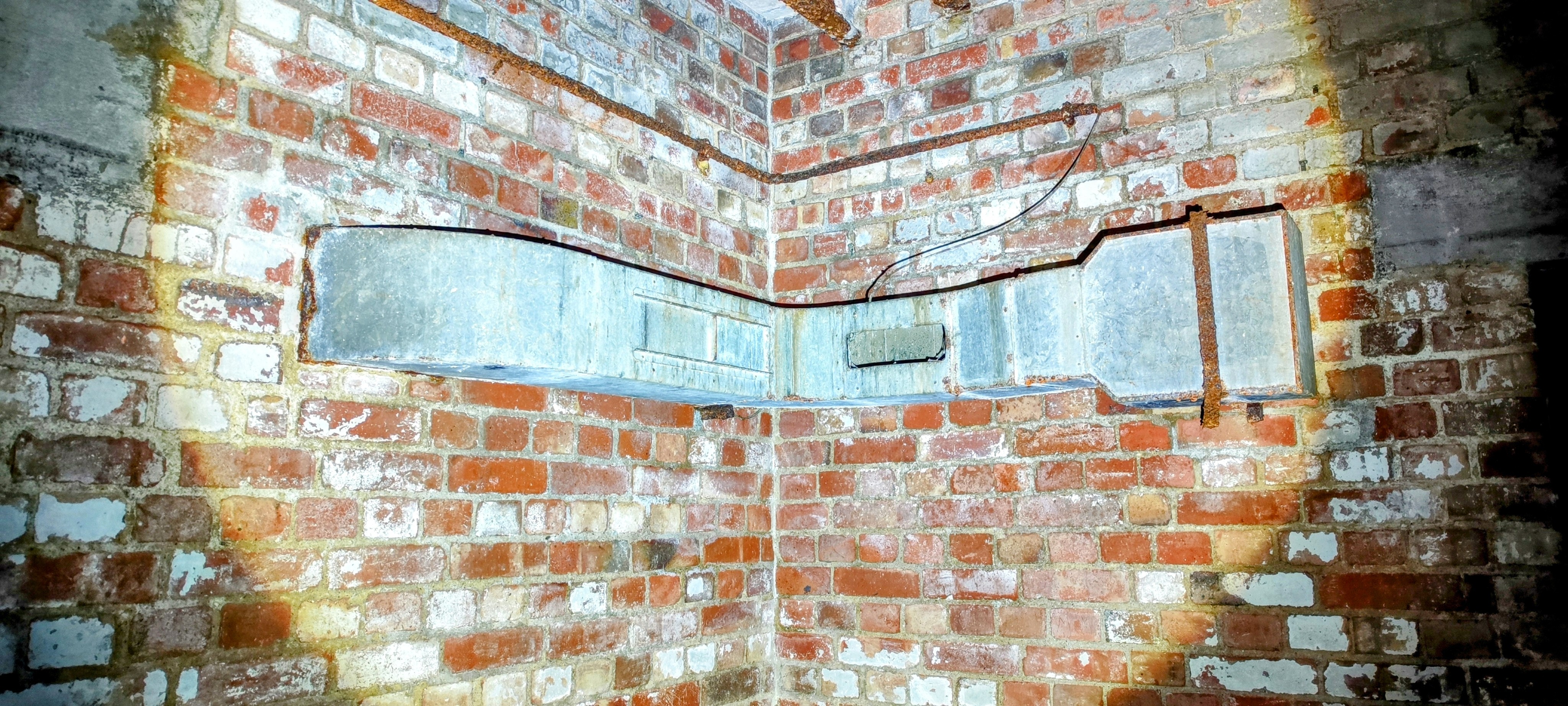
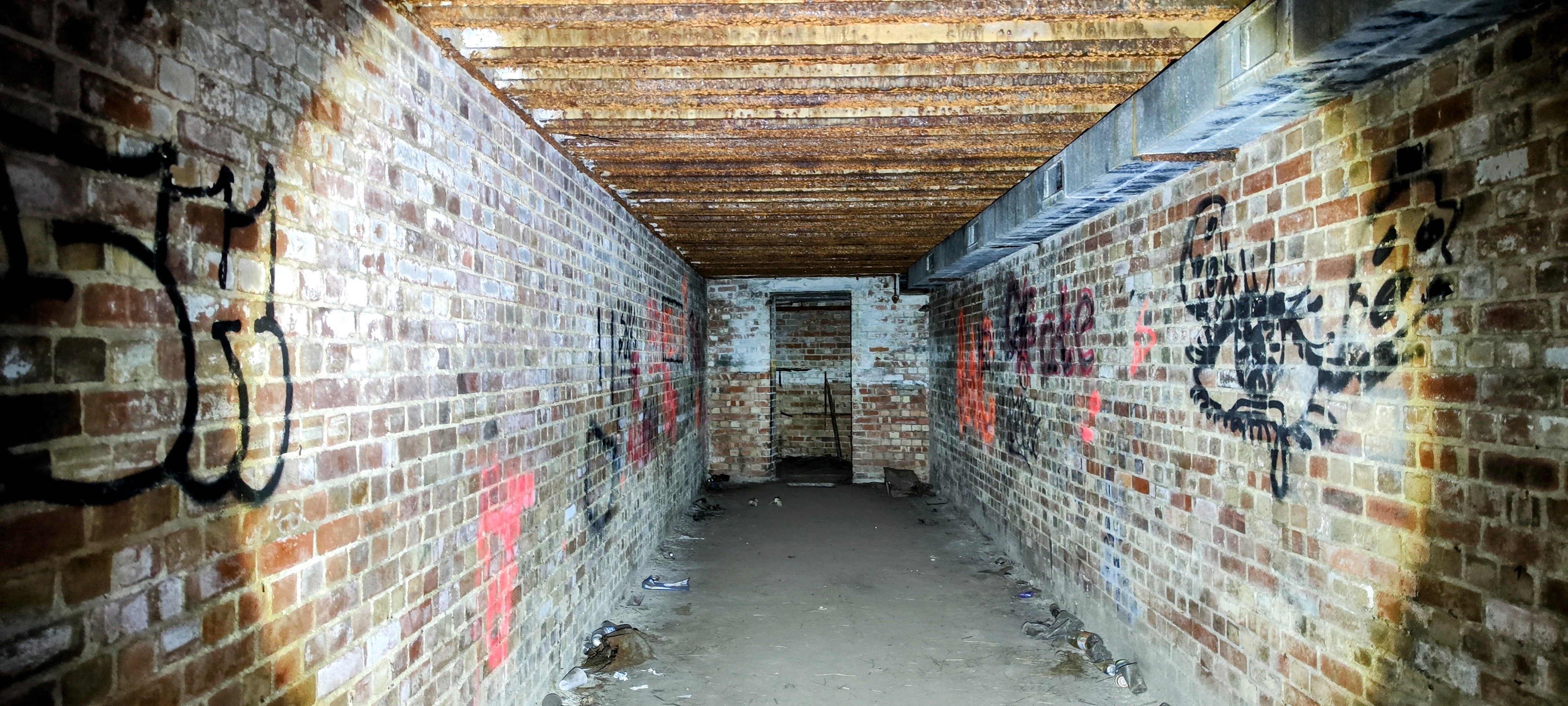

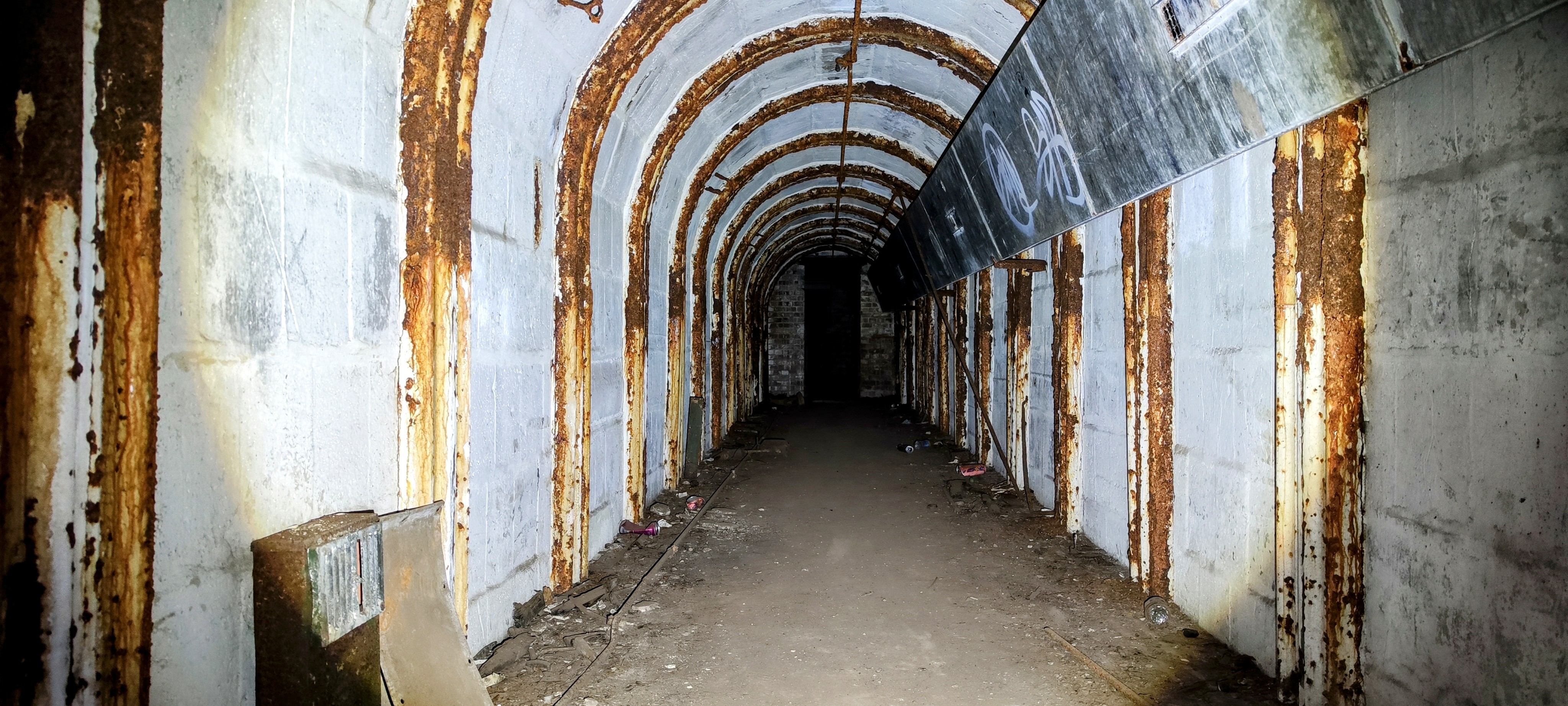
The subterranean control centre had three entrances and a fourth emergency exit- a 60-foot vertical shaft with a 79 step spiral staircase at the rear of the complex, which also provided ventilation. The bunker was topped with a 4 foot thick concrete slab. British Railways left the hotel in the mid-1960s and it was demolished in 1969 to make way for a modern office block, which stands in its place today.


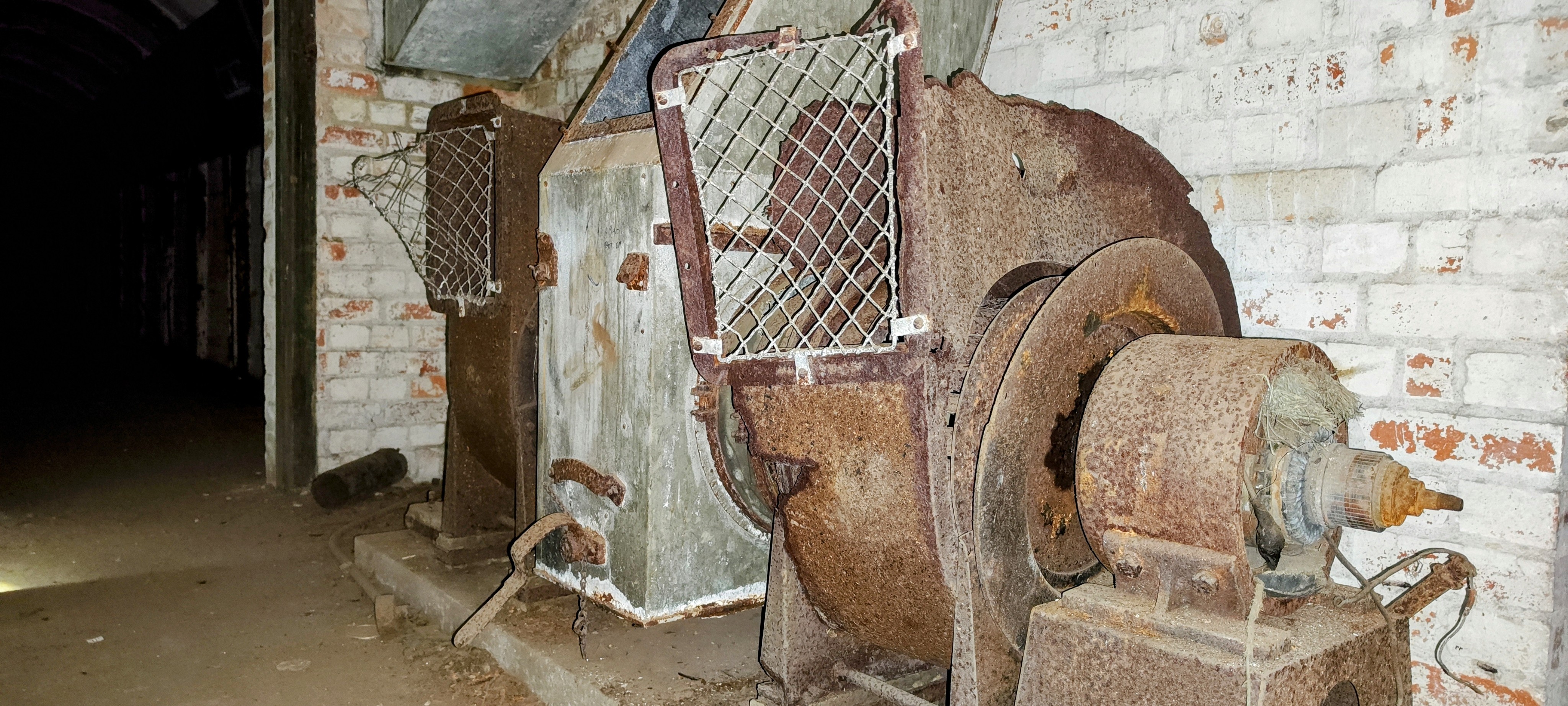

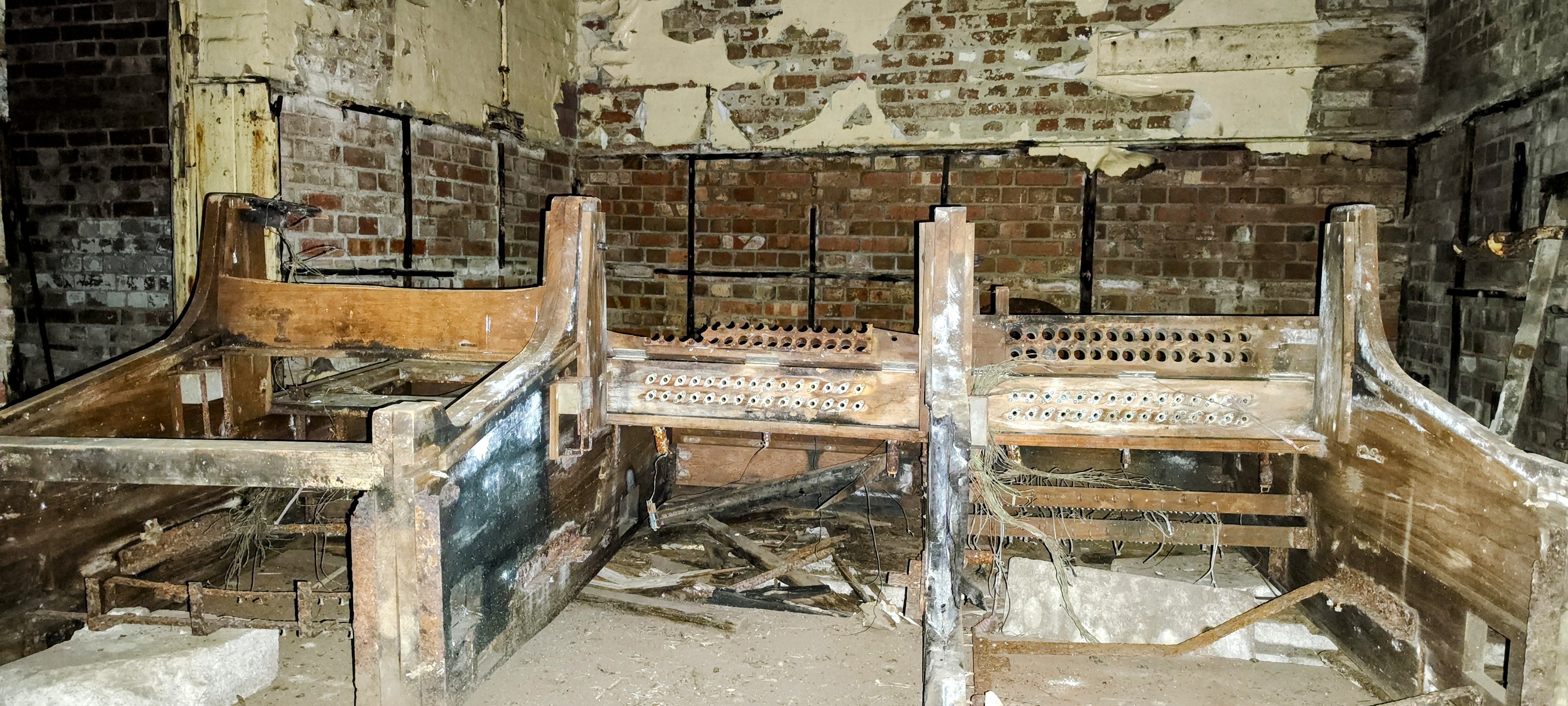

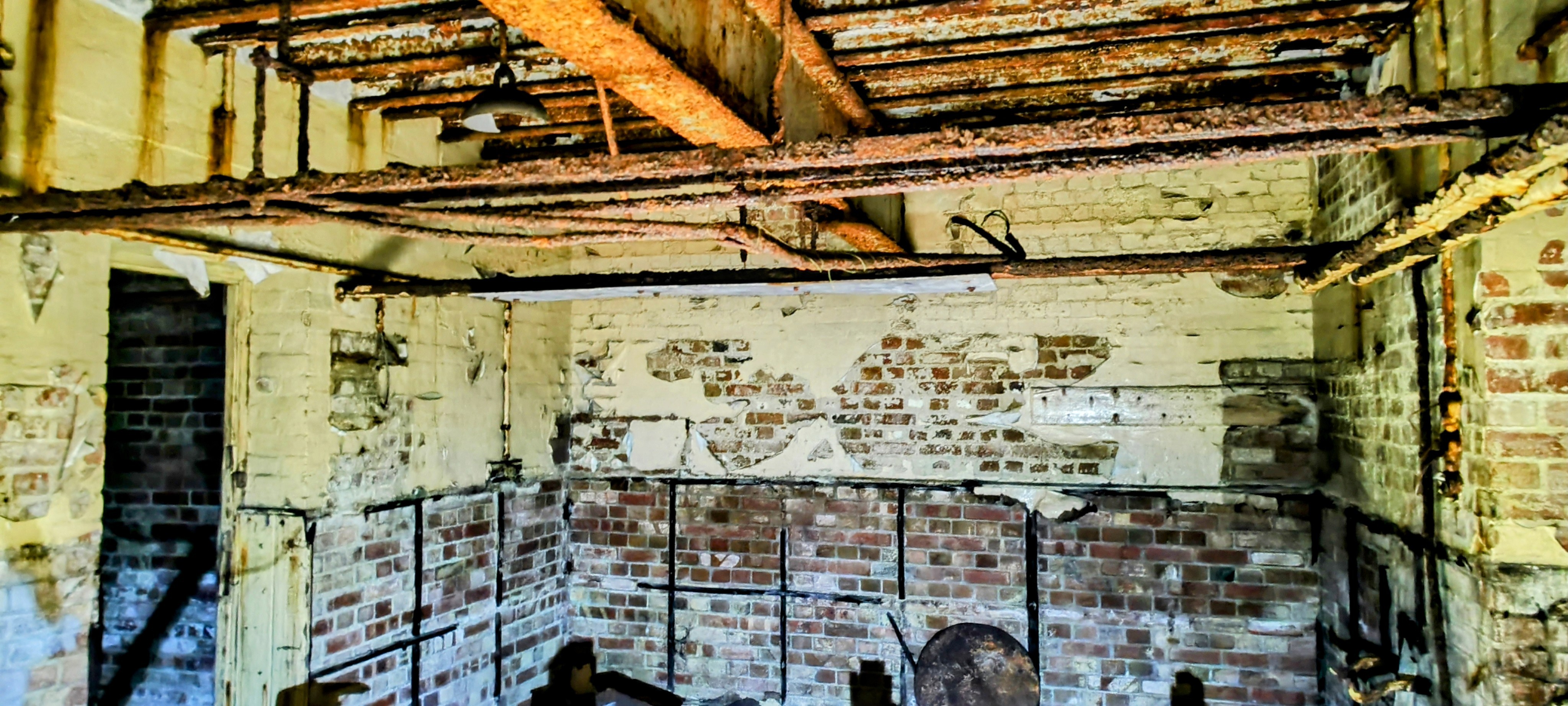

We visited the bunker late at night, after a long day of exploring, so it took some time to find the entrance. Ventilation plant and ducting, switchboard equipment and switches and controls can still be found within the tunnels. The now-rusty sprial staircase also remains, though rubble has fallen from the cap at the top of the shaft.
Last Updated on 16 May 2023 by Michael

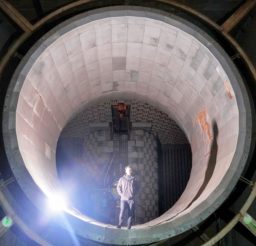


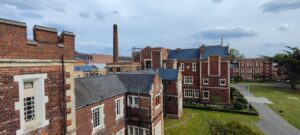
whats the address to here
can anyone drop the address as me and a few mates wanna explore it